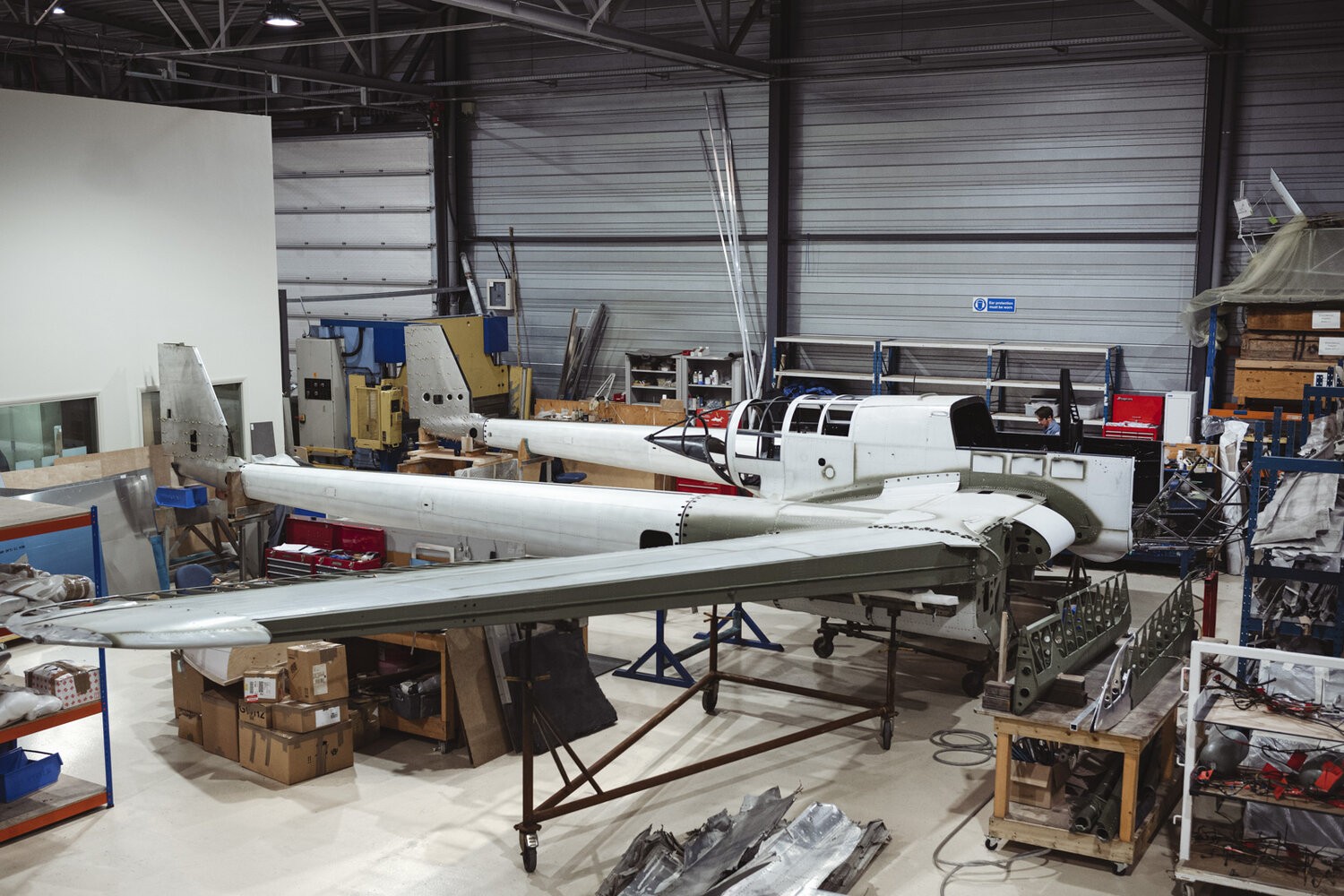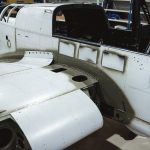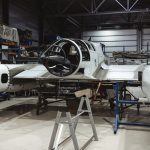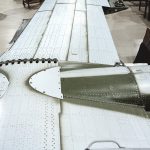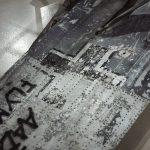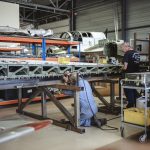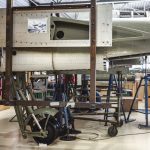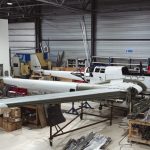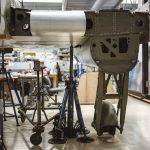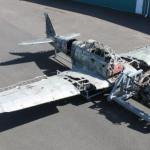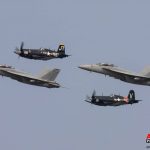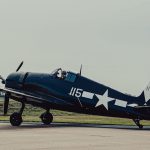As some may have inferred from the advertisements in late May, 2021 that a number of the late Paul G. Allen’s aircraft restoration projects were being put up for sale, it only seemed a matter of time before more gems from his remarkable estate would find their way to the marketplace. And such is the case now for Allen’s Focke-Wulf Fw 189A-2 (WkNr 2100), believed to be a unique survivor from 846 examples built. The project, in an advanced state of completion, is now available for sale via the workshop tasked with its rebuild, the Aircraft Restoration Company (ARCo).
As the (edited) sales description continues…
The twin-boom, twin-engine, heavily glazed aircraft was the main reconnaissance type used by the German Forces on the Eastern Front during WWII and was known as “The Flying Eye”.
The Fw 189 usually carried a crew of three, with a maximum speed of 217mph and an operating range of just over 400 miles. During our research into the type, we came across stories of an Fw 189 once returning from a sortie with a boom missing, either from flak or ramming, which is a testament to the sturdiness of Kurt Tank’s design. For ease of replacement in the field, both booms were interchangeable in order to minimize the number of spare parts required. The Fw 189 could capture reconnaissance photographs from the camera built into the fuselage; indeed the type performed superbly in this role. The Fw 189 combined all of the attributes required on the Eastern Front – strength, maneuverability, toughness, and reliability, combined with the ability to operate from short and unpaved airstrips.
Wr Nr 2100, originally built as an Fw 189-A1, is thought to be the fourth of ten Fw 189s produced at the Aero factory in Prague. The aircraft made its first two test flights on July 23rd, 1941, and another the following day. Receiving its airworthiness certificate soon after, the Fw 189 moved on to the short-range army cooperation unit which would take it into action. It served in the army cooperation role for roughly two years, during which time it likely received an upgrade to A2 specification. Her wartime flying career came to an end on May 4th, 1943. Just after 3 am that morning, the crew – pilot Lothar Mothes; navigator/bombardier/gunner Kurt Lebrecht; and rear gunner Gunther Albrecht – took off on what would be their last mission. The aircraft was to photograph Loukhi III Airbase from an altitude of 20,000ft and then continue north up the Murmansk-Leningrad Railway. Half an hour into the sortie, the crew sent a radio message warning that they were under heavy attack by Soviet Hurricanes, but that was the last communication they were able to make before the aircraft went down. The pilot managed to belly in with the aircraft remaining substantially intact, but Lebrecht and Albrecht died as a result of their wounds. Remarkably, however, Mothes survived the ordeal – and the war. He made his way behind Russian lines, feeding off tree bark and grubs to survive, and finally reunited with German soldiers having evaded Soviet forces for two weeks. He spent nine months in hospital and convalescing as a result of the crash, but returned to his duties as a pilot, flying a further 100 missions in Fw 189s.
Soviet wartime reports state that their forces located Fw 189 wreck site within hours of the crash, the aircraft having come down in a forest near Loukhi, south of Murmansk in far northwestern Russia. It was there, in Arctic conditions, that the aircraft remained for 52 years, surviving relatively undisturbed to become worthy of salvage instead of scrapping, like most of the other examples lost on the battlefield. Indeed, such was the inaccessibility of the crash site that the recovery team had to use a helicopter to hoist her remains from the forest in 1992. Noted British warbird salvager, Jim Pearce, was responsible for saving this remarkable aircraft and transporting her safely back to the UK by air, road, and sea. She went into storage initially, but made a public outing at the Biggin Hill air show in 1996 where her wartime pilot, Lothar Mothes, had the opportunity to revisit his old mount…. one can only imagine the emotional experience this must have been.
While Jim Pearce did initiate the aircraft’s restoration, with some work taking place, it was clearly a project which required deeper pockets to complete. Pearce sold the aircraft to the late Paul G. Allen’s Flying Heritage Collection in 2007, and as with most of the other restoration efforts conducted at that organization, they rarely released any details publicly until a project was nearing completion. This was true for the ‘189…
However, despite being a well-kept secret for many years, work on the Fw 189 is well advanced. In the aircraft’s fuselage area, the forward frame is 40% complete, the central fuselage 65%, and the aft section 75%, with the rear turret (cupola) also being approximately 75% complete. The structure/skins for the center-wing and the engine nacelles are 80% complete and the fuel tank panels are 60%. The wingtips are at 40% and the starboard outer wing is 65%. Both port and starboard tail booms are 80% and the fin units are 60% complete on the port side and 80% on the starboard. Of the control surfaces, the ailerons are at 50%, the flaps at 40%, and the rudders at 20%.
Fw189 A1/2, Werke Nr 2100, is presented for sale as a unique and ongoing project to be seen through to completion to airworthy or static condition. For more information (and photographs), please visit www.aircraftrestorationcompany.com







